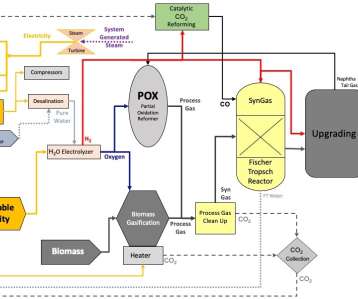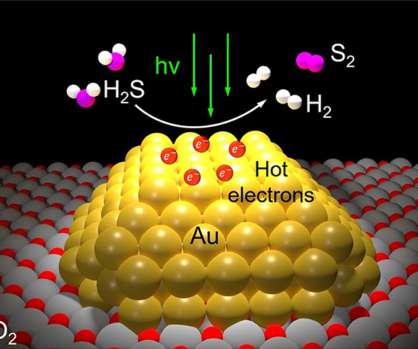Air France KLM signs 210M gallon SAF offtake agreement with DG Fuels
Green Car Congress
NOVEMBER 10, 2022
The feed-stock reduction is achieved primarily by supplementing the process with oxygen and hydrogen produced by water electrolysis units that are powered by clean wind and solar generated electricity. DGF replaces the coal gasification used by others with biomass gasification and natural gas reforming.








































Let's personalize your content